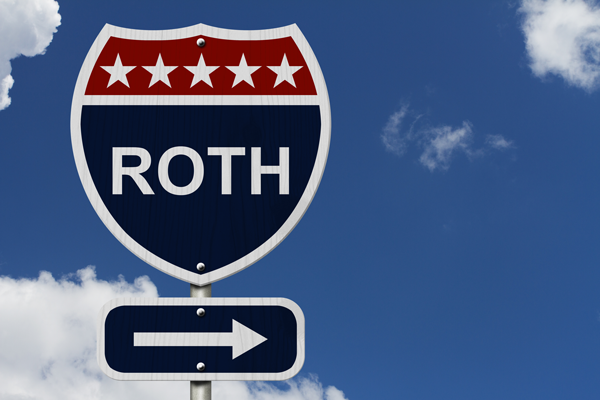
Your clients with 401(k)s and traditional IRAs have long heard about Roth IRAs, which offer different tax advantages than other kinds of retirement accounts. Depending on your client’s modified AGI and tax filing status, he or she can contribute up to $5,500 (plus $1,000 if your client is 50 or older) to a Roth IRA this year. Unlike traditional IRAs, Roth IRAs require no minimum distribution withdrawals until after the owner’s death; qualified distributions from Roth IRAs are tax free if your client is at least 59½ and has held the Roth more than five years.
Growth is also tax-free, though contributions are not deductible.
High-net-worth clients can make good estate-planning use of Roths, “plus they can pass those assets down to their children free of income tax,” says Bruce Primeau, CPA with Summit Wealth Advocates in Prior Lake, Minn. Lawrence Pon, CPA in Redwood City, Calif., also recommends Roth IRAs for estate planning, as well as for high school and college students and for recent college grads.
Even with income exceeding Roth contribution limits, your high-net-worth clients may realize a big tax benefit by converting a traditional IRA or other qualified plan to a Roth IRA (also known as the “backdoor Roth”). The funds are subject to income tax as if distributed from a traditional IRA, but generally avoid the 10 percent premature distribution penalty. “Each conversion is monitored to ensure that it’s a worthwhile trade off -- paying the tax on the conversion now versus achieving tax-free growth into the future,” Primeau says.
A conversion amount should be at least $50,000 to justify the costs involved, says Morris Armstrong, enrolled agent and RIA at Armstrong Financial Strategies, Cheshire, Conn., and ideally divided into different asset classes to diversify for the best investment growth. “Assume that you do this on Jan. 1, 2018. You’d have until April 15, 2019 (Oct. 15 if you filed for an extension) to decide if you want to keep these,” Armstrong says. Roth conversions from a traditional IRA can be “re-characterized,” or undone by the due date of your client’s next tax return.
“A Roth conversion makes the most sense when you can do it for free,” Pon says, offering the example of a client with a large, individual net-operating-loss carryover, which often results from business deductions. “Let’s say a client has a $100,000 NOL carryover, $30,000 in itemized deductions and $8,000 in exemptions. If he or she did nothing, the taxable income will be a negative $138,000. How about a $138,000 Roth conversion at zero tax cost?”
(If your client has a 401(k) plan that allows after-tax contributions, you can also investigate a mega-backdoor Roth IRA, subject of relatively new IRS guidance that allows greater contribution limits.)
Conversions may not be good ideas if a client is simply tax-adverse, has no heirs for estate planning or is an older retiree who may not have time left to benefit from long-term tax-free growth, Pon points out. Roths also offer little charitable-planning advantages over traditional IRAs.
Also, what part of a Roth conversion is taxable will depend on the total basis and value of all the client’s traditional tax-deductible IRAs. Under the pro rata rule, the total balance of all after-tax amounts in a client's IRAs is divided by the year-end balance of all a client’s traditional IRAs. The resulting percentage is then applied to the conversion amount to determine the portion that is tax free.
Pon says he also sees many Roth conversions into contracted annuities or other types of products complicated to unwind. “If you purchased an annuity product inside a Roth IRA, many times the annuity company will not allow you to reverse or re-characterize the Roth conversion. You need to be very careful and take seriously any Roth conversions,” he says. “Always get the tax advisor involved.”